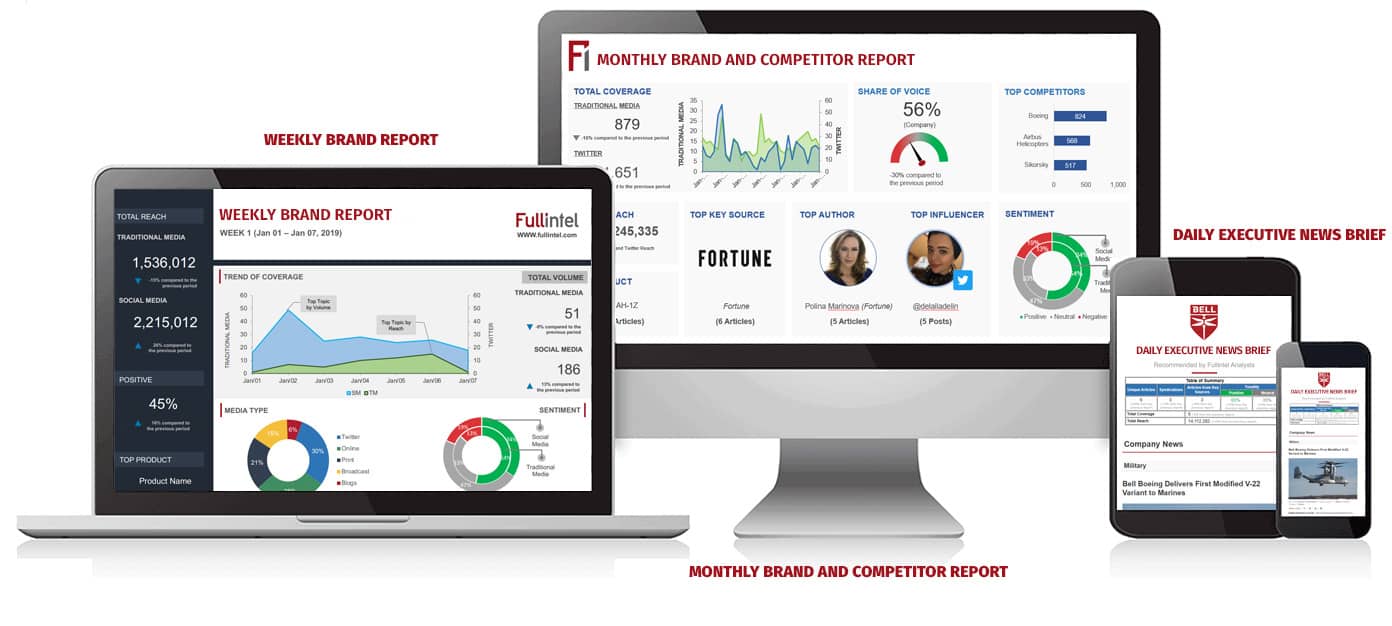I’ve helped a lot of companies develop requests for proposals (RFPs) over the years. Probably the most powerful advice I can offer is that when it comes to RFP creation for media monitoring and measurement, it’s important to not just reuse an old RFP bundled into a few general requirements.
That’s because an RFP with non-specific requirements likely won’t attract the most appropriate vendors for your use case – and the toll of choosing the wrong vendor, especially in business disruption and replacement costs, can really add up.
But you can attract better, more suitable suppliers with just a few important tweaks to your RFP process.
To identify the best match between your company and media monitoring providers (and not waste time and money with short-lived engagements), it’s a good idea to take care of a few things before putting out an RFP:
- Develop and finalize your specific media monitoring and measurement requirements – including those around content curation (human curated vs. automated) and news brief delivery (timing and format)
- Understand the media monitoring and measurement vendor landscape, which has evolved significantly over the past few years through mergers and acquisitions
- Identify which solutions in the current marketplace are best suited to fill your requirements from Step 1
With the significant consolidation that’s taken place across the media monitoring and measurement landscape, the differences in vendors – in terms of process, methodology, and accuracy – has never been more significant.
Which is why you need to keep the following seven things in mind when preparing your next media monitoring and measurement RFP.
1. Don’t leave RFP creation solely to procurement.
RFPs for media intelligence services are often driven solely by procurement. That’s why so many of them include a number of irrelevant questions or requirements, making the process inefficient, time consuming, and more likely to attract vendors that simply aren’t the right fit.
As head of your organization’s communications team, you need to have input into the RFP creation process so the vendor selection process doesn’t just boil down to the cheapest bid.
Although cost is of course important, going with a provider that fills basic requirements but not your specific needs is a recipe for higher overall costs through time spent fixing issues and mistakes (and ultimately replacing the vendor once the contract ends).

2. Highlight the need for highly accurate content curation (not fully automated).
It goes without saying that content curation should be accurate, right? But that’s not always the case, especially with fully automated search.
If you and your team require fully accurate media results through human curation, it’s vital to indicate this in your RFP requirements. Otherwise, you’ll likely get mostly automated solutions applying to your RFP.
Full automation is fine as a backup for real-time news monitoring, to stay on top of breaking stories, or for organizations without a large media footprint. But as a primary solution for a large organization, it almost always becomes a huge time suck for your team.
Monitoring all sources while also using a key source list to drive your curation and tagging strategy can help keep costs down, while ensuring zero gaps in coverage.That’s because, in most cases, full automation also brings in a ton of irrelevant information and duplicate articles. It also regularly misses relevant content if the outlet opts out of the vendor’s automated content aggregator, which happens regularly.
And things can really get really messy if your topics or keyword requirements evolve with time, but your keyword strings don’t do the same (one of the benefits of working with a curation service like Fullintel is that our analysts constantly update search criteria based on your feedback and real-time results).
3. Know your organization’s media volumes.
Make sure you have a good idea of your organization’s monthly media volume. Tagging content for sentiment and categorization can get cost prohibitive very quickly for brands with a large, complex media footprint, so be sure to follow these best practices when laying out your RFP:
- Include any required keywords along with that of your competitors, if you’re tracking them. Including these keywords helps potential vendors understand how much coverage your account will involve (SaaS vendors also charge by volume)
- Set volume parameters around tagging for categorization and sentiment within your RFP (this helps ensure you don’t get proposals that could easily blow your budget through over-tagging)
- Industry best practice representative sample to be used for tagging, such as a list of key sources and social media influencers. Monitoring all sources while using a key source list to drive your curation and tagging strategy can help keep costs down while ensuring zero gaps in coverage
It’s also important to note that key source lists aren’t set in stone – just like keyword lists, key source lists can (and should) evolve with your requirements. Make sure your vendor is flexible enough to quickly add or remove key sources, especially as you expand into new markets or launch PR campaigns involving media outlets in new geographies or verticals.
4. Be super specific about your requirements.
Be just as specific for every other aspect of the media intelligence services you require. Some questions to ask include:
- Will your analysis require human intervention to determine media impact?
- Do you need a customized media impact scorecard based on your specific goals?
- Do your daily news briefs need to be delivered by a specific time each day?
- Do your media analysis reports need to be delivered by a specific time each week, month, or quarter?
- Do you or your executive team require analyst-written summaries in your daily news briefs?
- Do you need access to paywalled articles and niche content, such as industry and trade publications?
- Do you need access to specialty social media channels (LinkedIn, TikTok, etc.) not found in automated social media aggregators?
It’s important to be specific in your requirements. This helps ensure both you and the vendor aren’t wasting your time.
5. Interview a shortlist of vendors before putting out your RFP.
Perform a full market analysis and, based on those specific requirements we talked about above, create a shortlist of vendors you feel could be a good fit.
Going with a provider that fills basic requirements but not your specific needs is a recipe for higher overall costs through time spent fixing issues and mistakes (and ultimately replacing the vendor once the contract ends).
Next, contact the vendors on your shortlist to set up some brief interviews (if the provider also has a SaaS or AI platform, now would also be a good time for a quick online demo). Take the time to really understand their solution and whether it can solve your specific pain points.
Finally, invite the most suitable vendors to respond to your RFP – because there’s no guarantee they’ll submit a proposal if you don’t get them involved. Some providers won’t bother responding to RFPs if there hasn’t been any prior due diligence or introductory discussions.
6. Ensure your media measurement provider is AMEC certified.
Most business verticals have a set of best practices and industry standards set forth by an industry body. For the media monitoring and measurement industry, those standards are driven by the International Association for the Measurement and Evaluation of Communication, otherwise known as AMEC.
That’s why it’s important to ensure your media monitoring and measurement provider abides by AMEC measurement standards (including the Barcelona Principles 3.0) and has AMEC-certified team members on staff trained in industry-standard approaches and best practices.
7. Save hours of wasted effort.
Most of the steps I’ve outlined above take a bit of time and effort upfront but can save you hours – even days – of wasted effort later in the media monitoring and measurement RFP process.
As co-founder of former media intelligence firm DNA13 (acquired by PR Newswire), president of Fullintel, and founder of advisory firm Fuel Strategic, I’ve got decades of experience in the media monitoring and measurement industry and can help you develop your RFP requirements based on the specific needs of your team and organization.
Just give me a shout and if you’d like to have a quick discussion around your RFP requirements.
Fullintel President Andrew Koeck has years of experience consulting with major companies on their RFPs, including coordinating and standardizing the global RFP process for Edelman, the largest PR firm in the world by revenue (as of 2018). As Senior Adviser and Founder of Fuel Strategic, an advisory firm, Andrew helps guide senior management of software, data, and related service offerings to the PR and Marcom industries.


